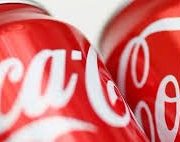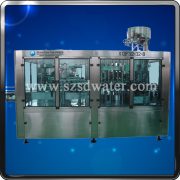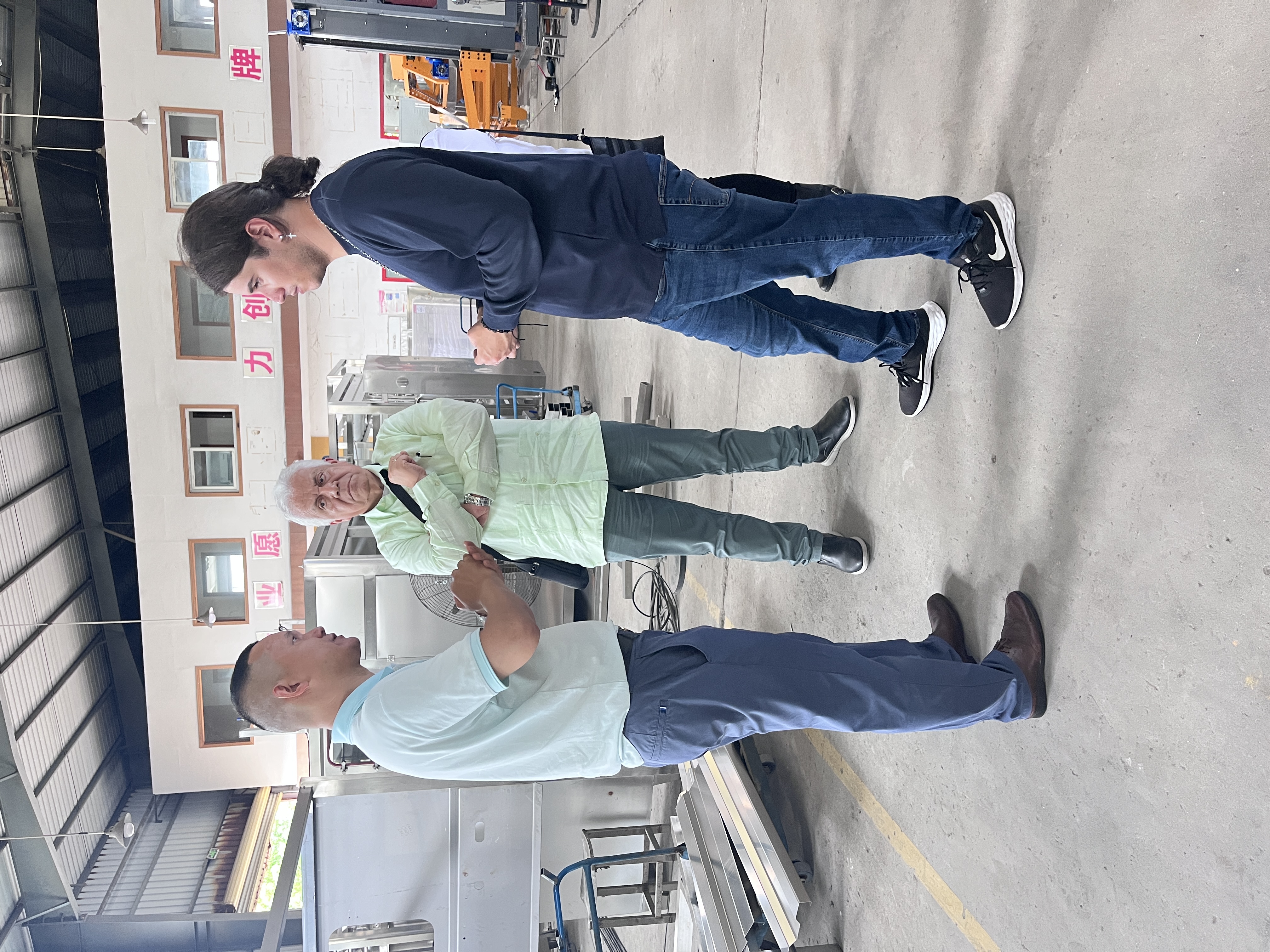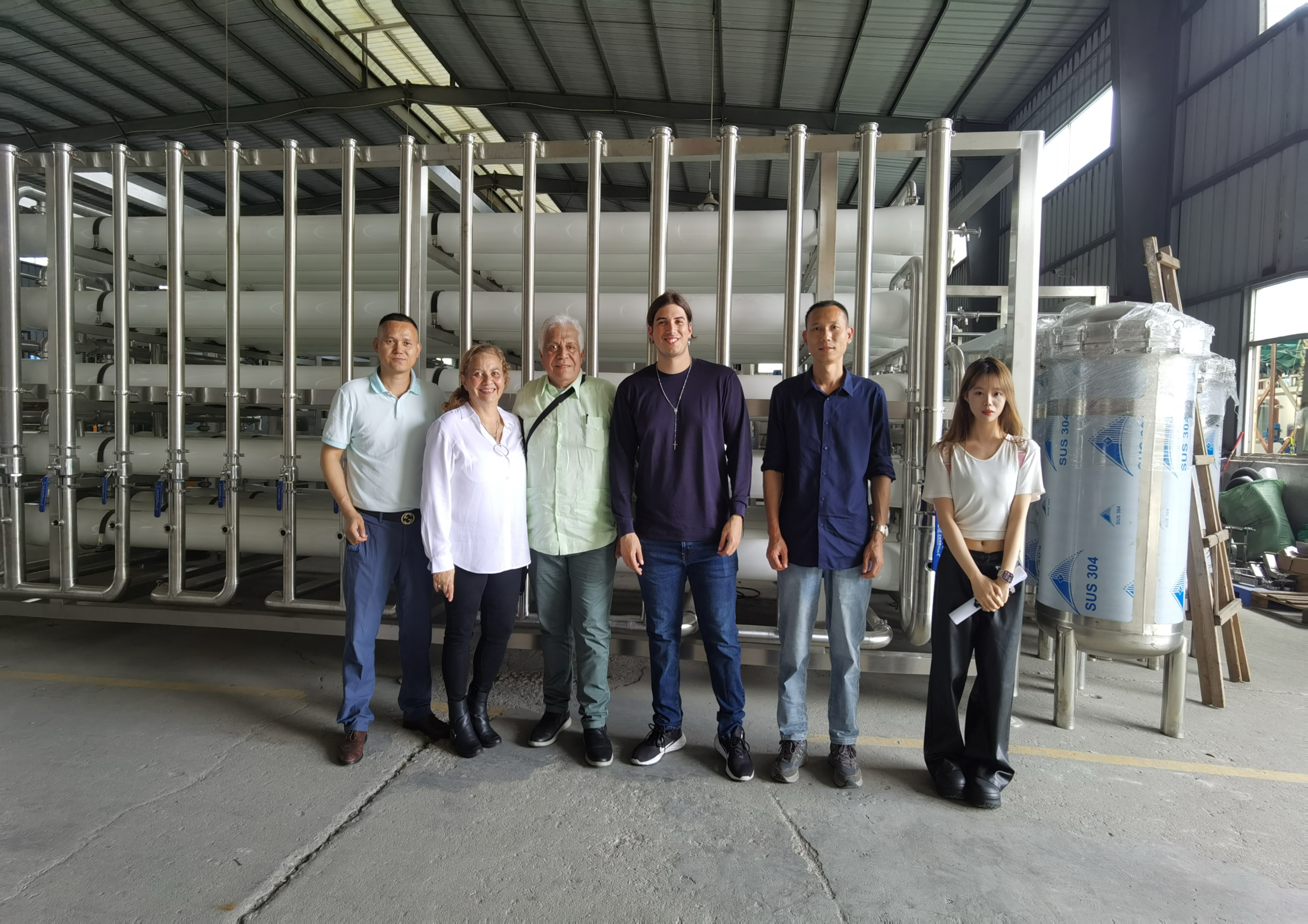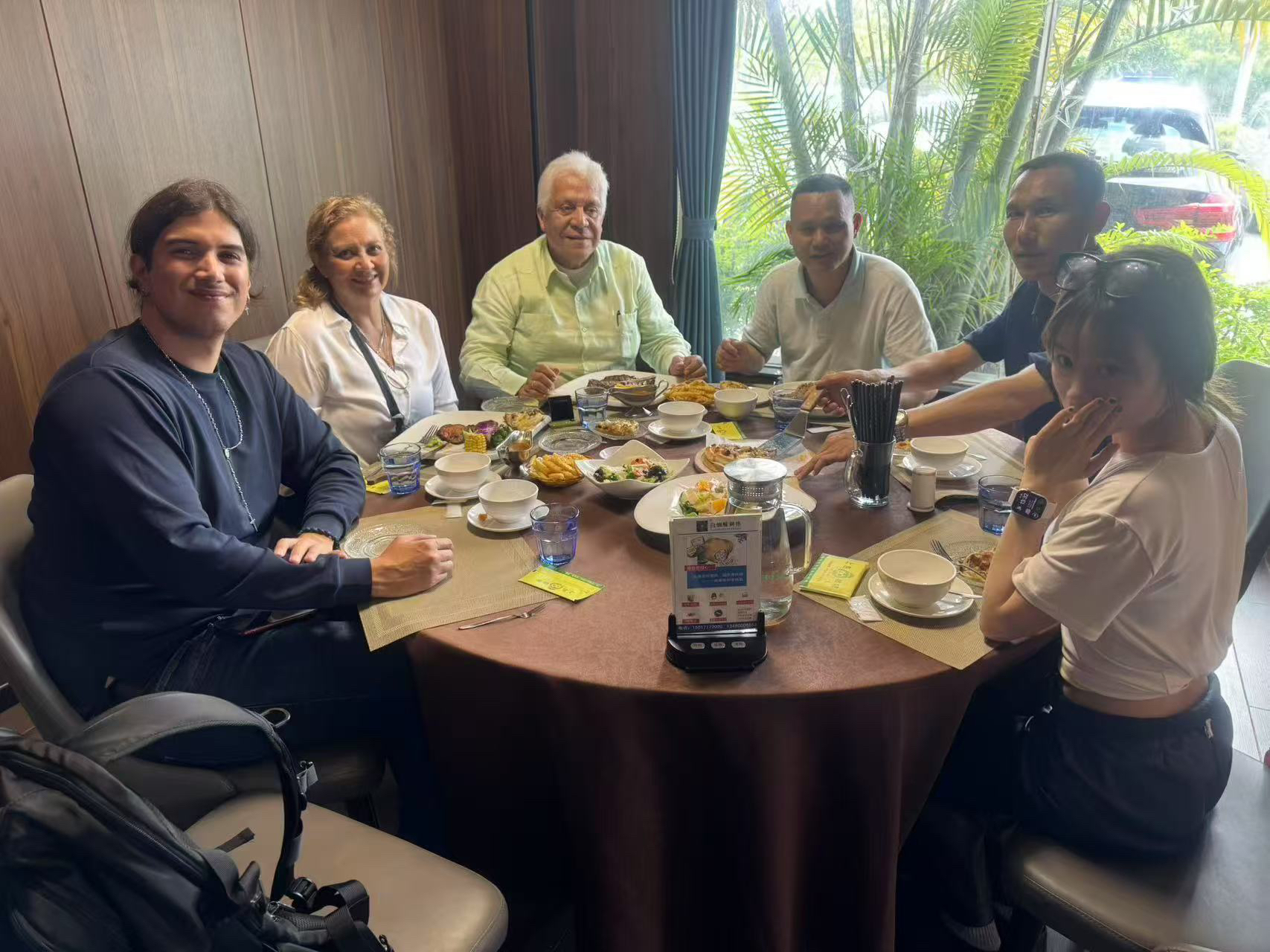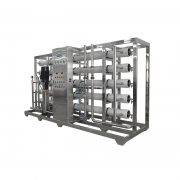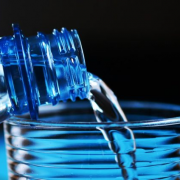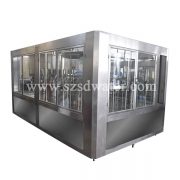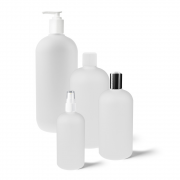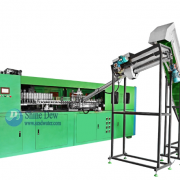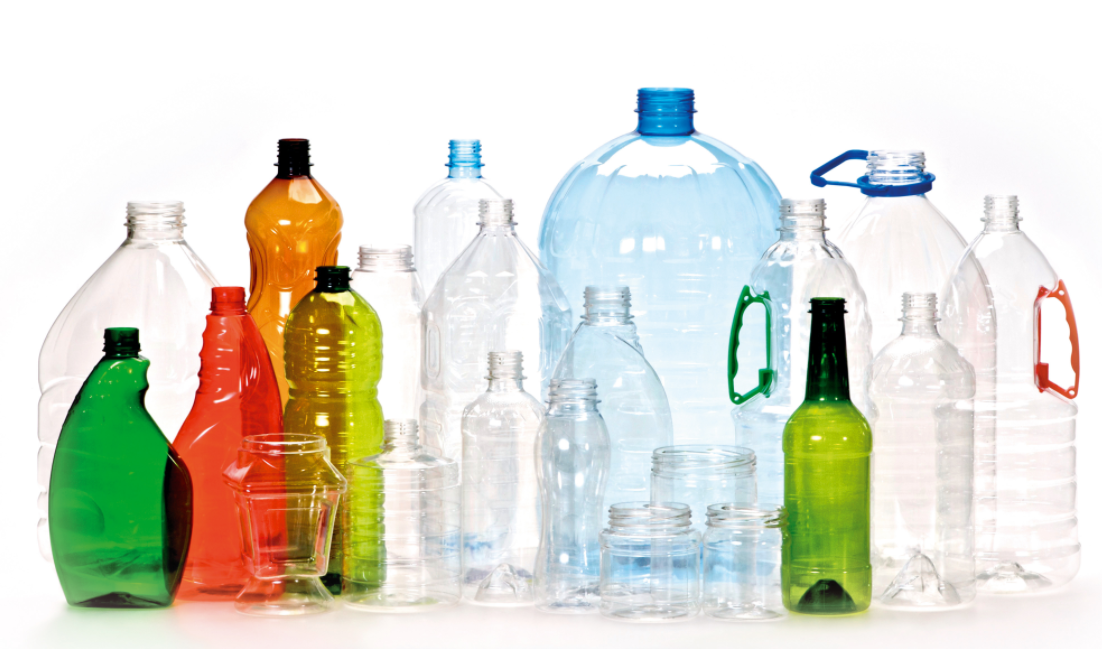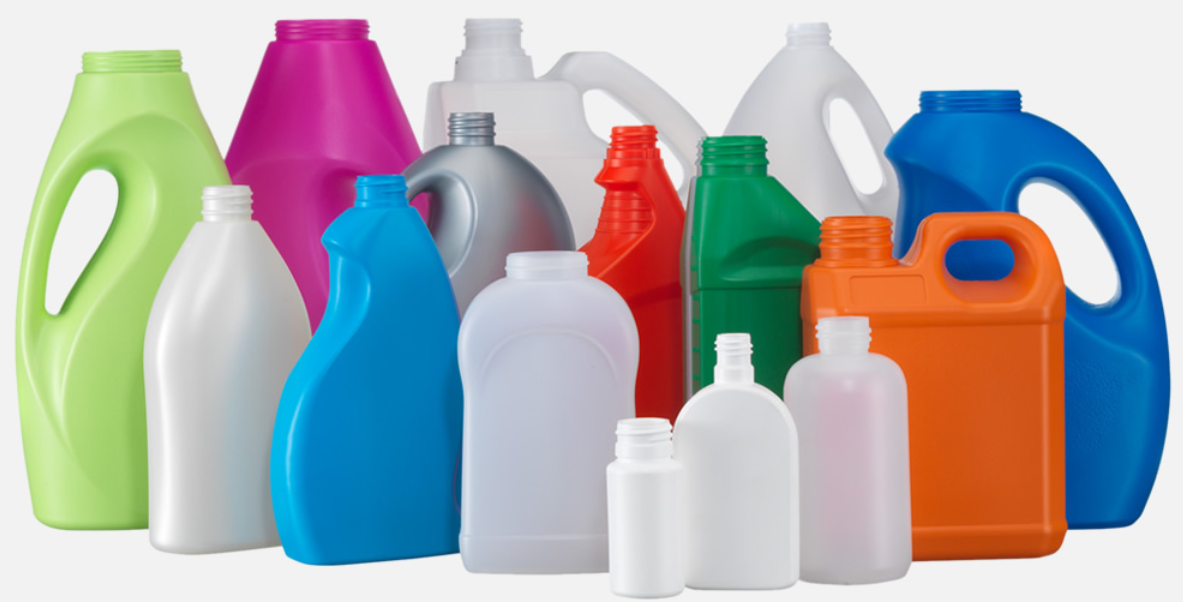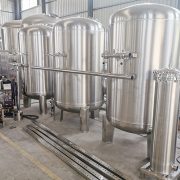Lock in Bubbles, Lock in Freshness: The Art of Filling That Achieves Peak Taste Like Cola
Coca-Cola, this classic drink that has been popular worldwide for over a century, its charm goes far beyond its mysterious formula. The signature “sizzling” sound of opening the bottle, the fine bubbles gushing out, and the refreshing and thrilling peak taste at the moment of entry together form an irreplaceable drinking experience. One of the core secrets of this experience lies in how to perfectly lock the pressurized dissolved carbon dioxide – the “soul” of the beverage – in the bottle and release it instantly when the bottle is opened. The production of carbonated beverages, especially to meet the globally consistent high standards of Coca-Cola, places almost exacting demands on the filling process: extreme speed to match the massive demand, absolute cleanliness to ensure safety, and precise technology to guarantee that the bubble content and taste of each bottle are as perfect as expected.

Behind this, a precise filling system that integrates engineering wisdom and food science is operating quietly. Imagine completing a deep cleaning and sterilization of the bottle body in an instant to eliminate any possibility of contamination. Next, in a nearly vacuum or pressure-balanced environment, the cold beverage is rapidly and precisely poured into the bottle while avoiding excessive bubble escape. Then, the sterilized bottle cap is delivered precisely in milliseconds and sealed instantly with just the right torque to ensure that the pressure inside the bottle is firmly locked. This series of actions not only requires extreme speed (with processing capacity reaching thousands or even tens of thousands of bottles per hour), but also aseptic guarantees (all components that come into contact with beverages must be made of top-grade food-grade stainless steel and be easy to clean and disinfect), as well as unparalleled reliability (equipped with multiple safety protections and intelligent control systems, such as automatic capping, precise sealing, emergency stop, etc.) Only in this way can we ensure that every bottle of beverage coming off the production line has that highly anticipated, peak fresh taste like that of cola and long-lasting bubbles.
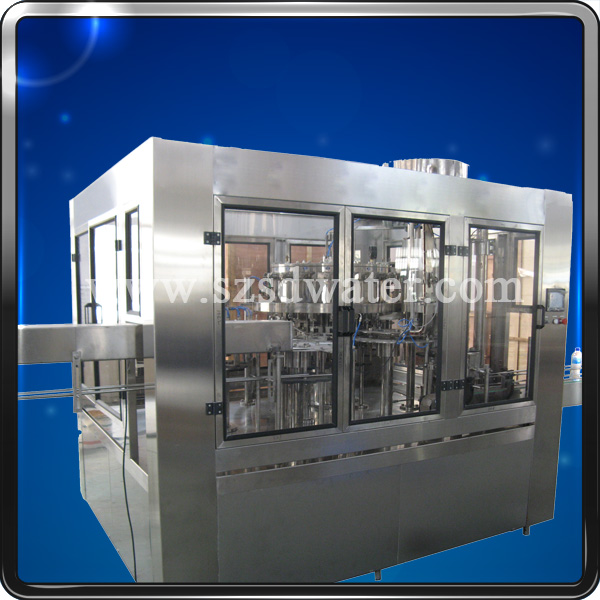
Therefore, achieving “locking in bubbles and freshness” is no easy task. It relies on a highly automated and intelligent integrated three-in-one filling solution. This system, which integrates bottle washing, filling and capping, is precisely the core engine for the large-scale and high-quality production of modern carbonated beverages. Its precise design, reliable materials and advanced control ensure the efficient, safe and stable filling process, and it is the unwavering hero behind every bottle of beverage with a “Cola-level” taste. We are well aware of the value of this key filling art and are proud to offer high-quality equipment that meets such top standards. If you are seeking a reliable filling solution to enhance the quality of carbonated beverages and ensure production safety and efficiency, please feel free to contact us at any time to discuss together how to lock in that captivating peak taste for your products.

